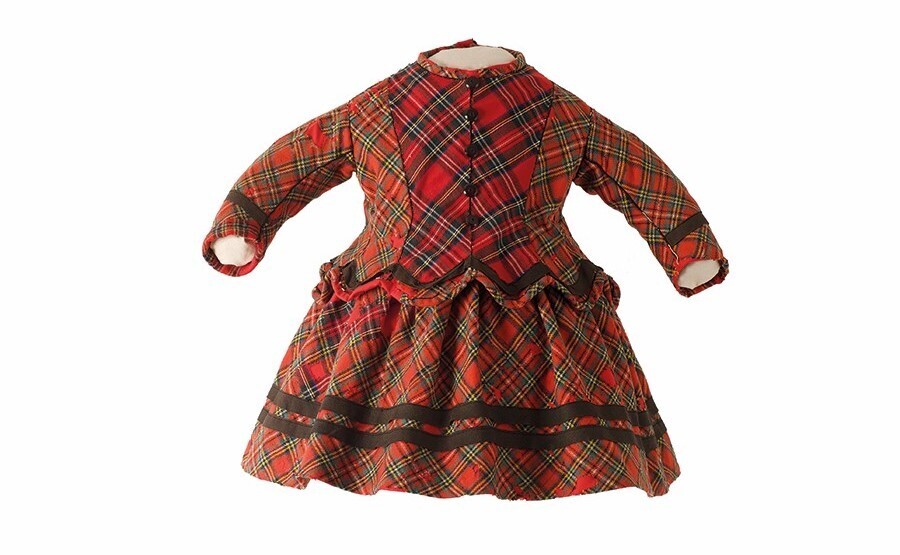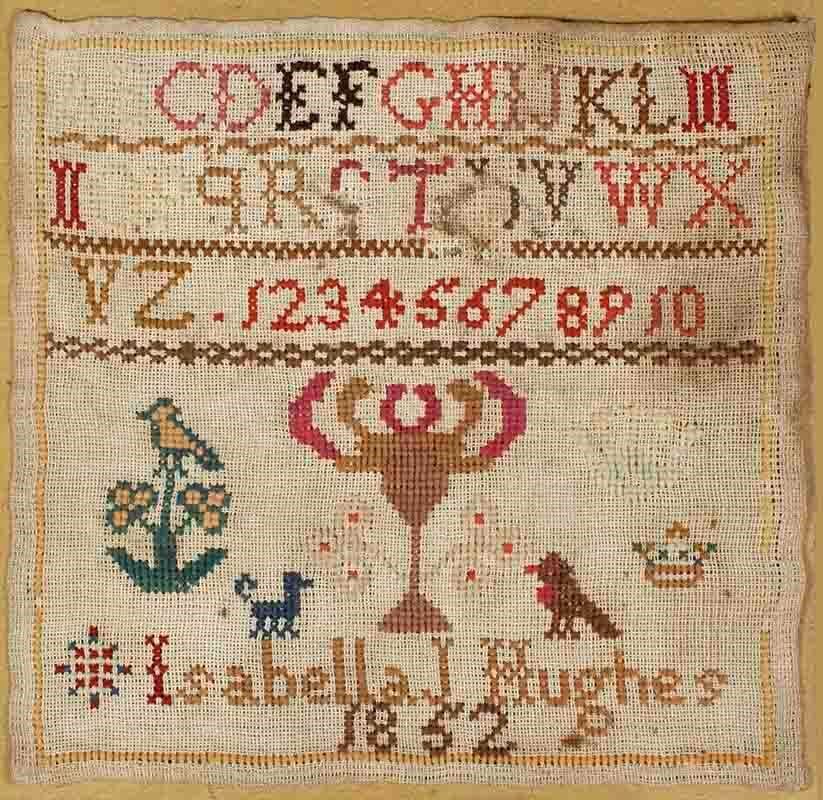
The centenary of the Canterbury Pilgrims and Early Settlers Association this month is also a significant anniversary for Canterbury Museum. The Association collected artefacts and archives related to the early European settlers of Canterbury. Thousands of these items came to the Museum in 1949.
The first meeting of the Canterbury Pilgrims and Early Settlers Association was held 100 years ago this month, on 8 October 1923. Membership of the group, first called the Canterbury Pilgrims Association, was initially restricted to the remaining European settlers who arrived in Canterbury before March 1851, as well as their descendants.
Membership rules were later widened, but they highlighted the historical significance of families who arrived on one of the “first four ships”– Randolph,
Cressy, Sir George Seymour
and Charlotte Jane – sent out by the Canterbury Association in 1850. Current members include descendants of those who arrived during the initial years of structured European settlement in Canterbury, before the Canterbury Provincial Council was abolished on 31 October 1876, as well as others who have an interest in Canterbury’s history.
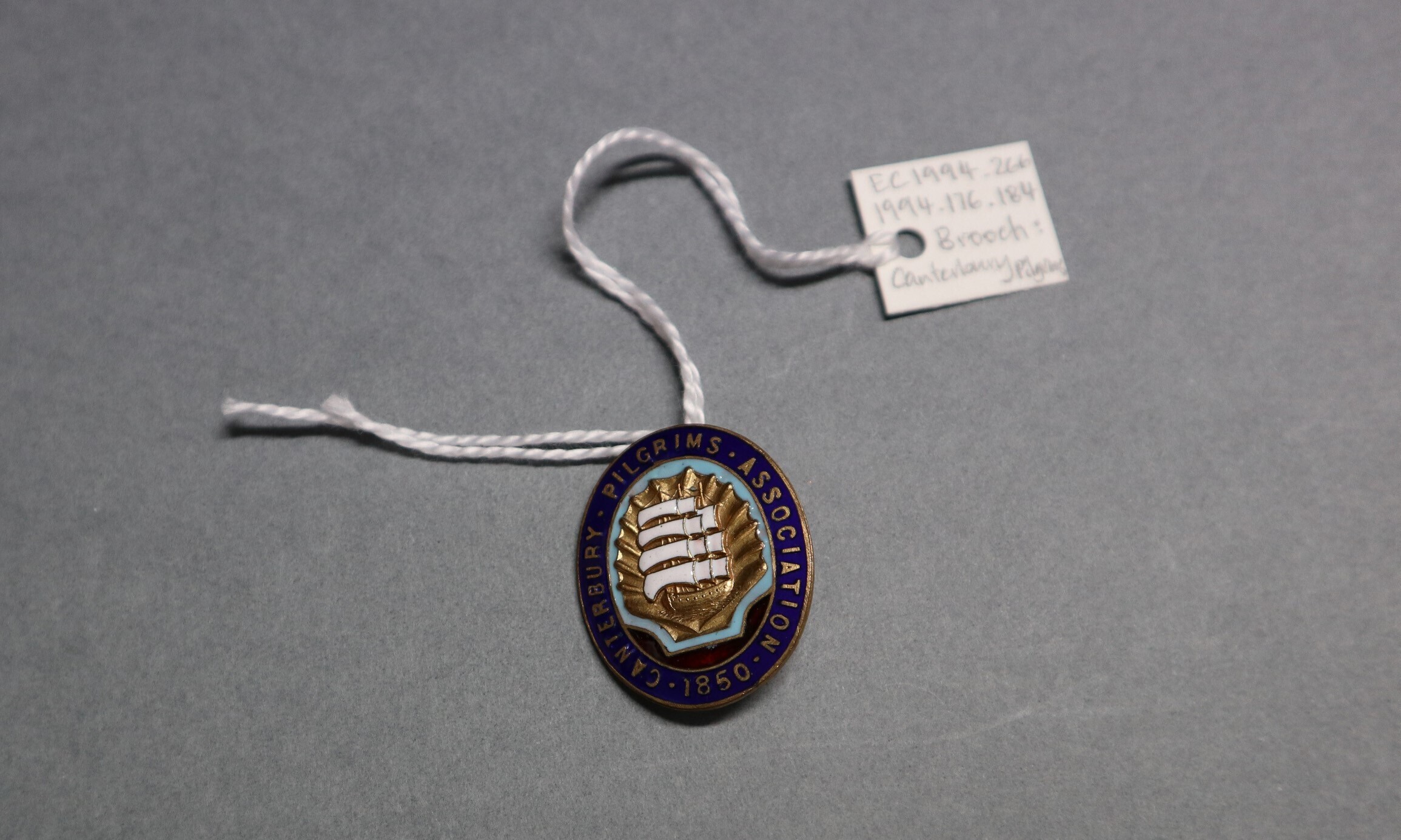
Europeans had been living in Canterbury before 1850, but the arrival of the "first four ships" marked the start of organised settlement of the province. The Canterbury Association, founded in England, wanted to establish a class-based and Anglican society in Canterbury.
The European settlement was largely made possible by the Crown’s purchase – often called Kemp’s deed - of over 13 million acres of land from Ngāi Tahu for £2,000 in 1848. The exact area included in the purchase was contested, and the Crown did not meet its agreements on reserves, mahinga kai (food-gathering) sites, access to sacred places such as urupa (burial grounds) and the building of schools and hospitals. Ngāi Tahu made its first claim against the Crown for these breaches in 1849.
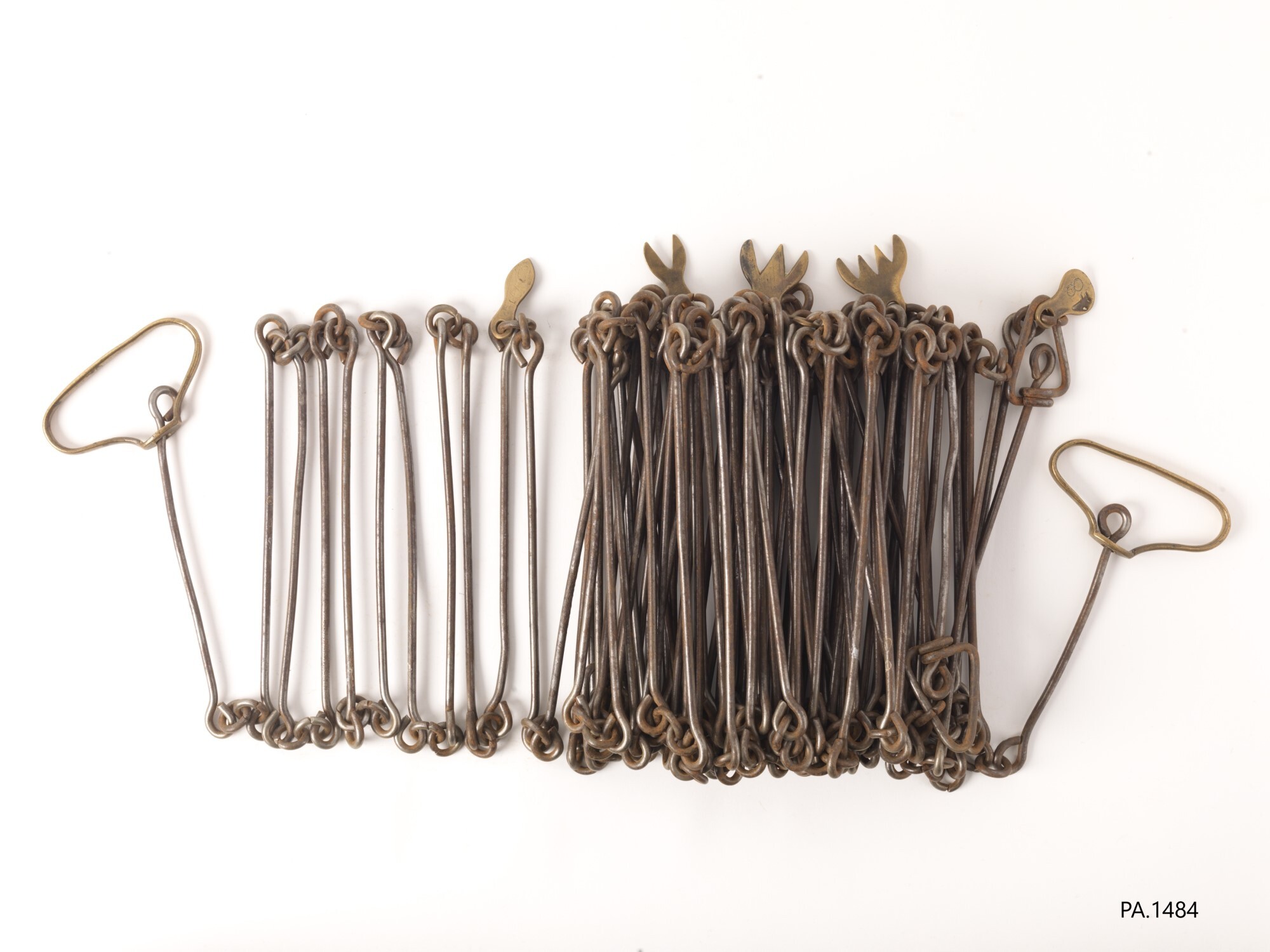
The main aim of the Association is to preserve and share the history of those early European settler families as well as the history of Canterbury. This work led the Association to form a strong connection with Canterbury Museum, which is reflected in the large number of items they have donated and their representation on the Canterbury Museum Trust Board, under the Canterbury Museum Trust Board Act 1993.
The Canterbury Pilgrims and Early Settlers Association Inc Collection includes over 2,000 items and is a key part of the Museum’s material on the social history of the region. It includes items such as diaries, photographs, books, clothing and household goods.
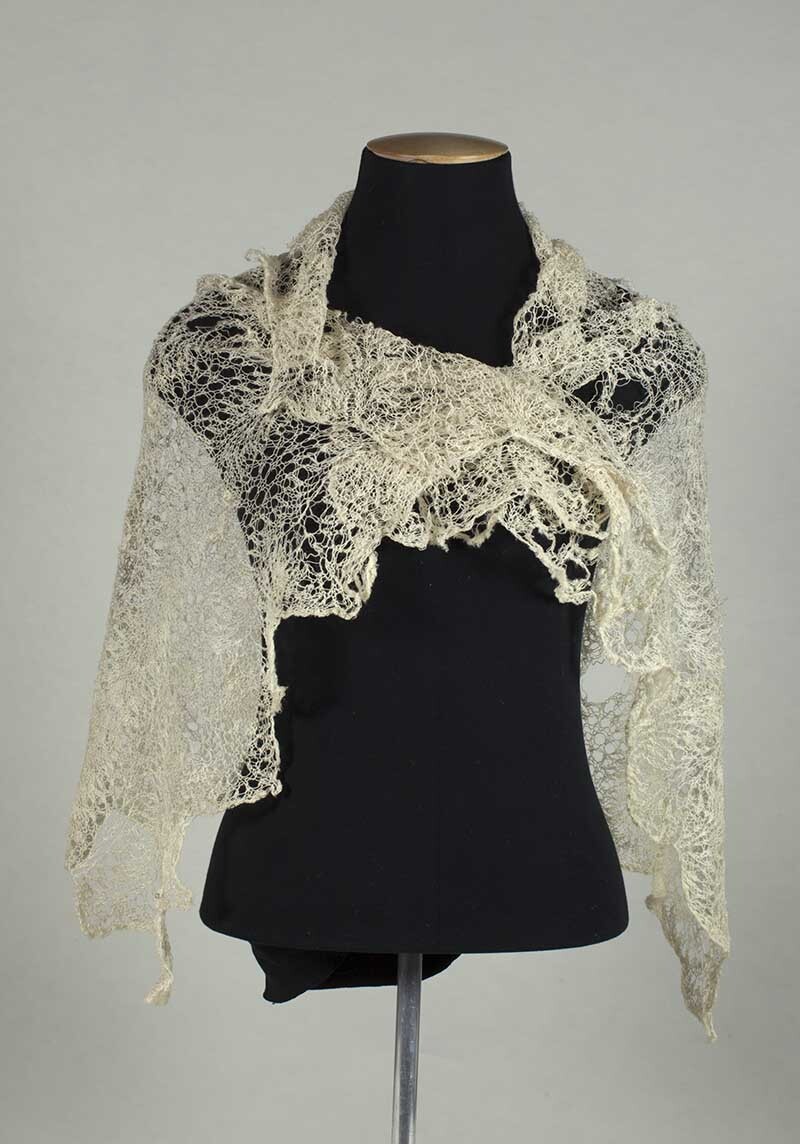
The donation in 1949 was partly prompted by the centenary of the arrival of the "first four ships” in Canterbury in 1950. The anniversary was marked by the Association, the Museum and the province in general.
Although the Museum had been collecting local history items for some time, it did so more seriously at this point, especially since the earliest European settlers had passed away and it became more urgent to collect items related to these families.
An instrumental figure in this process was Rosa (Rose) Josephine Reynolds MBE (1907–1994) who was Honorary Curator of Colonial Exhibits at the Museum from 1948 until her retirement in 1980. Rose Reynolds largely collected domestic furnishings and costumes, developing one of the best collections in New Zealand. Rose was also a member of the Canterbury Pilgrims and Early Settlers Association.
